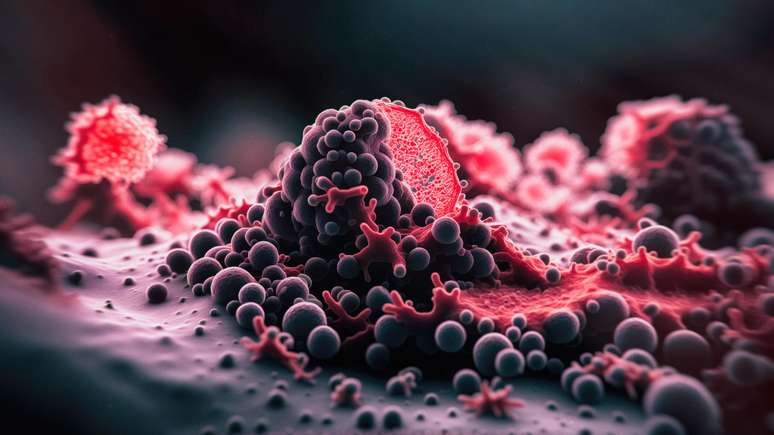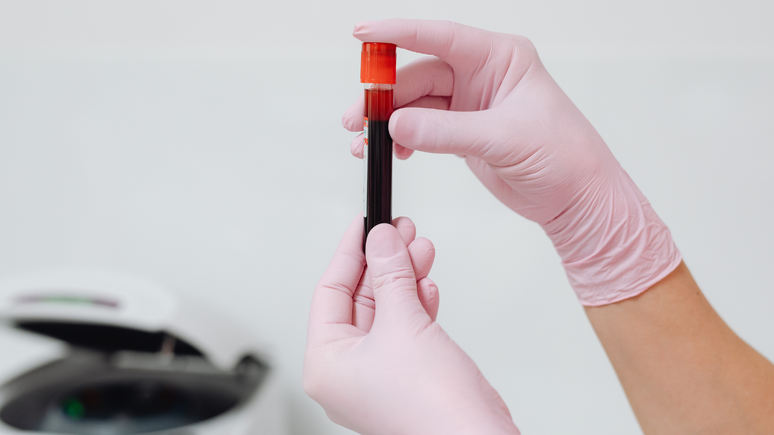Beata Halassy has been diagnosed with stage 3 breast cancer
A virologist named Beata Halassy, 53, managed to reverse her breast cancer after developing a treatment with a virus she created in the laboratory. She has been free of the disease for four years.
Receive the main news directly on WhatsApp! Subscribe to the Terra channel
The case began in 2020, when Halassy was diagnosed with the disease, aged 49. The cancer developed at the site of a previous mastectomy. This was the second time she suffered from the situation, the first time her left breast was removed and she couldn’t face another chemotherapy session.
According to the scientific journal Naturedecided to test an unproven treatment called “oncolytic virotherapy (OVT)” on herself. It uses a type of virus that attacks tumor cells and induces the immune system to fight them and is still in the testing phase.
It was initially targeted at early-stage disease, and so far the vast majority have been used in clinical trials for late-stage metastatic cancer. One of these, called “T-VEC,” has been approved in the United States for the treatment of metastatic melanoma, a type of skin cancer, but there are still no agents approved for breast cancer anywhere in the world.
She explains to the magazine that she is not an expert in the field, but that she has experience growing and purifying viruses in the laboratory, which gave her the confidence to try. For treatment, he tried using two different viruses consecutively to attack his tumor. One is measles and the other is vesicular stomatitis. Both are known to cause infections in the cell types from which the cancer originated.
The choice of both was guided by Halassy’s previous experience with both and the safety of the symptoms the viruses can cause. The measles strain used is widely used in children’s vaccines, while the stomatitis strain can only cause mild flu-like symptoms.
With the help of a colleague, he injected the materials directly into the tumor for two months. The doctors treating her agreed to monitor her self-treatment so that if it went wrong, she would return to conventional chemotherapy.
Over the course of the treatment period, Halassy’s tumor shrank, became softer, and detached from the pectoral muscle and skin where it was growing, which made surgical removal easier.
After removal, an analysis was carried out and they found that the tumor was full of immune cells called lymphocytes, suggesting that the OVT had worked and caused the immune system to attack both viruses and tumor cells. “An immune response was definitely elicited,” Halassy says.
He also spent a year taking a cancer drug called “Trastuzumab.”
Ethical impasse and fruits of discoveries
After the results, Halassy wanted to publish what he had discovered, but received strong rejection from the scientific community due to self-experimentation. According to the experts interviewed by the magazine, the problem is not that he took drugs, but that, by publishing what he did, he could encourage others to do the same and this could be very dangerous.
He says he doesn’t regret what he did and thinks it’s unlikely anyone will try to replicate it because it’s a job that requires scientific knowledge and skill. In August, his findings were published in the journal Vaccines, and in September he received funding to study the effectiveness of OVT in treating cancer in pets.
“The focus of my workshop has completely changed due to the positive experience with my self-treatment,” he says.
Source: Terra
Ben Stock is a lifestyle journalist and author at Gossipify. He writes about topics such as health, wellness, travel, food and home decor. He provides practical advice and inspiration to improve well-being, keeps readers up to date with latest lifestyle news and trends, known for his engaging writing style, in-depth analysis and unique perspectives.








